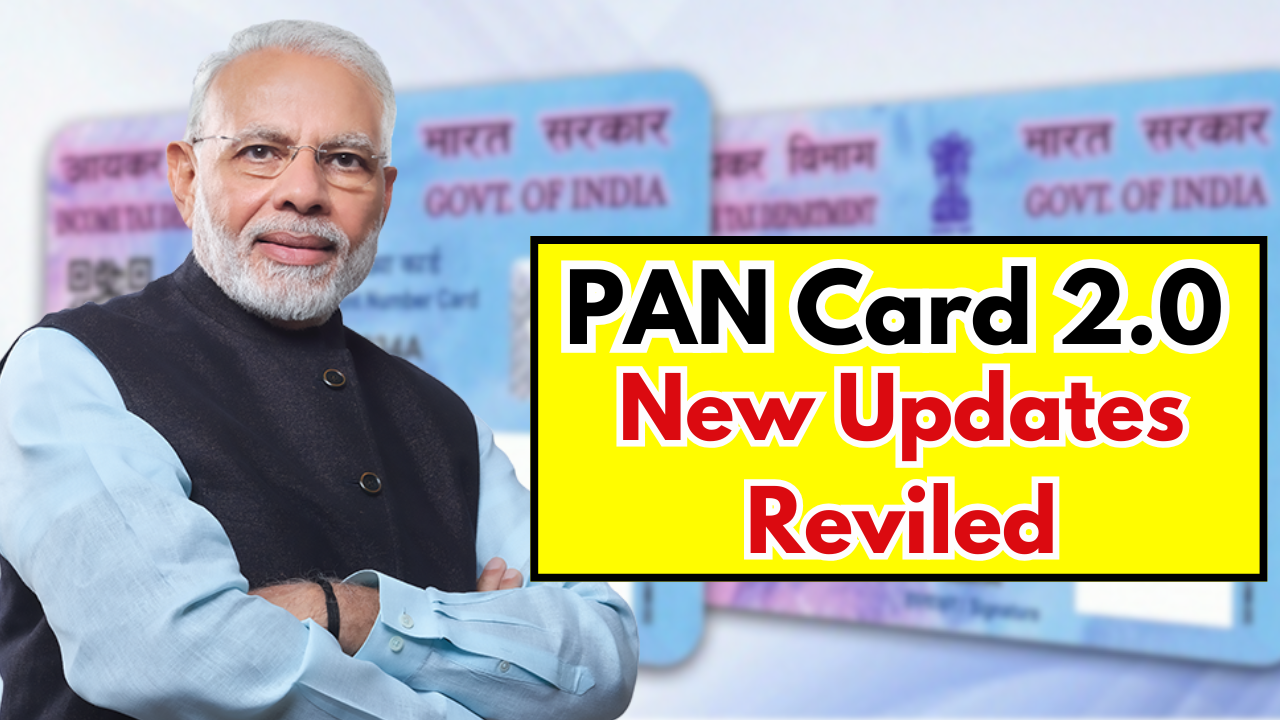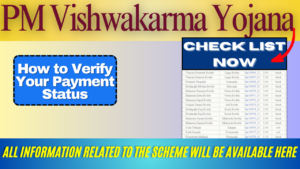In recent days, several people have reported receiving messages about a so-called “PAN Card 2.0.” These messages claim that the government is rolling out an upgraded version of the Permanent Account Number (PAN) card and prompt users to download it. If you’ve received such a message, it’s crucial to stay alert, as this is part of a growing scam targeting unsuspecting citizens.
What Is PAN Card 2.0?
The PAN card is an essential document for Indian taxpayers, issued by the Income Tax Department. It serves as proof of identification and is used for various financial and legal transactions. Recently, messages about “PAN Card 2.0” have surfaced, claiming that it’s an upgraded digital version of the card with enhanced features.
However, the Income Tax Department or any other government agency has not officially announced the launch of PAN Card 2.0. Scammers are using this false claim to trick individuals into sharing their sensitive information.
How Does the Scam Work?
The scam begins with a message or email that appears to come from an official source. Here’s how the process typically unfolds:
- Fake Message or Email: You receive a message claiming that “PAN Card 2.0” is mandatory and needs to be downloaded immediately. It might include a link to a website that looks official.
- Misleading Website: The link redirects you to a fake website mimicking a government portal. These sites are designed to store your data.
- Request for Personal Details: The website prompts you to enter personal information such as your PAN number, Aadhaar number, date of birth, or even bank details.
- Malware Installation: Some links may also trick you into downloading malicious software onto your device, compromising your security further.
- Financial Fraud: Once scammers have your details, they can misuse your PAN or bank information for fraudulent transactions.
Why Are Scammers Targeting PAN Holders?
PAN cards are linked to important financial and legal activities, making them a lucrative target for cybercriminals. Scammers can:
- Open fake bank accounts in your name.
- Conduct illegal transactions.
- Apply for loans or credit cards fraudulently.
- Use your identity for unlawful activities.
Red Flags to Watch Out For
To protect yourself from this scam, be cautious of the following:
- Unsolicited Messages: Genuine government agencies do not send unsolicited messages about downloading or upgrading your PAN card.
- Urgent Calls to Action: Messages urging you to act immediately are a common tactic used by scammers to pressure victims.
- Suspicious Links: Always check the URL of any link before clicking on it. Official government websites typically end with “.gov.in.”
- Requests for Sensitive Information: Be wary of websites asking for personal or financial details without proper verification.
Steps to Protect Yourself
If you’ve received such a message, here’s what you can do to safeguard your information:
- Do Not Click on Links: Avoid clicking on any links in unsolicited messages. Even if the link appears genuine, verify it through official channels.
- Report the Scam: Notify the Income Tax Department or the Cyber Crime Cell about the fraudulent message. You can report such incidents on the National Cyber Crime Reporting Portal (www.cybercrime.gov.in).
- Verify Official Updates: Check the official Income Tax Department website for any announcements regarding PAN cards.
- Secure Your Devices: Use antivirus software to protect your devices from malware. Regularly update your passwords and avoid saving sensitive information on unsecured platforms.
- Monitor Your Accounts: Keep an eye on your bank statements and credit reports for any unauthorized activities.
What to Do If You’ve Fallen Victim
If you’ve already shared your information or clicked on a suspicious link, take immediate action:
- Inform Your Bank: Notify your bank about the potential breach and freeze any transactions if necessary.
- Change Passwords: Update passwords for all your accounts, especially those linked to financial services.
- File a Complaint: Lodge a complaint with the Cyber Crime Cell or report it on the National Cyber Crime Reporting Portal.
- Monitor for Misuse: Keep track of any unauthorized activities involving your PAN or financial accounts.
Conclusion
The “PAN Card 2.0” scam is a severe reminder to remain alert against online frauds. Cybercriminals are continuously constructing new route to deed unknowing individuals. By staying informed and following basic cybersecurity practices, you can protect yourself from such scams. Remember, official government communications will always come from verified sources, and you should never share sensitive information without proper verification.
Stay safe and spread the word to help others avoid falling prey to this growing menace.











